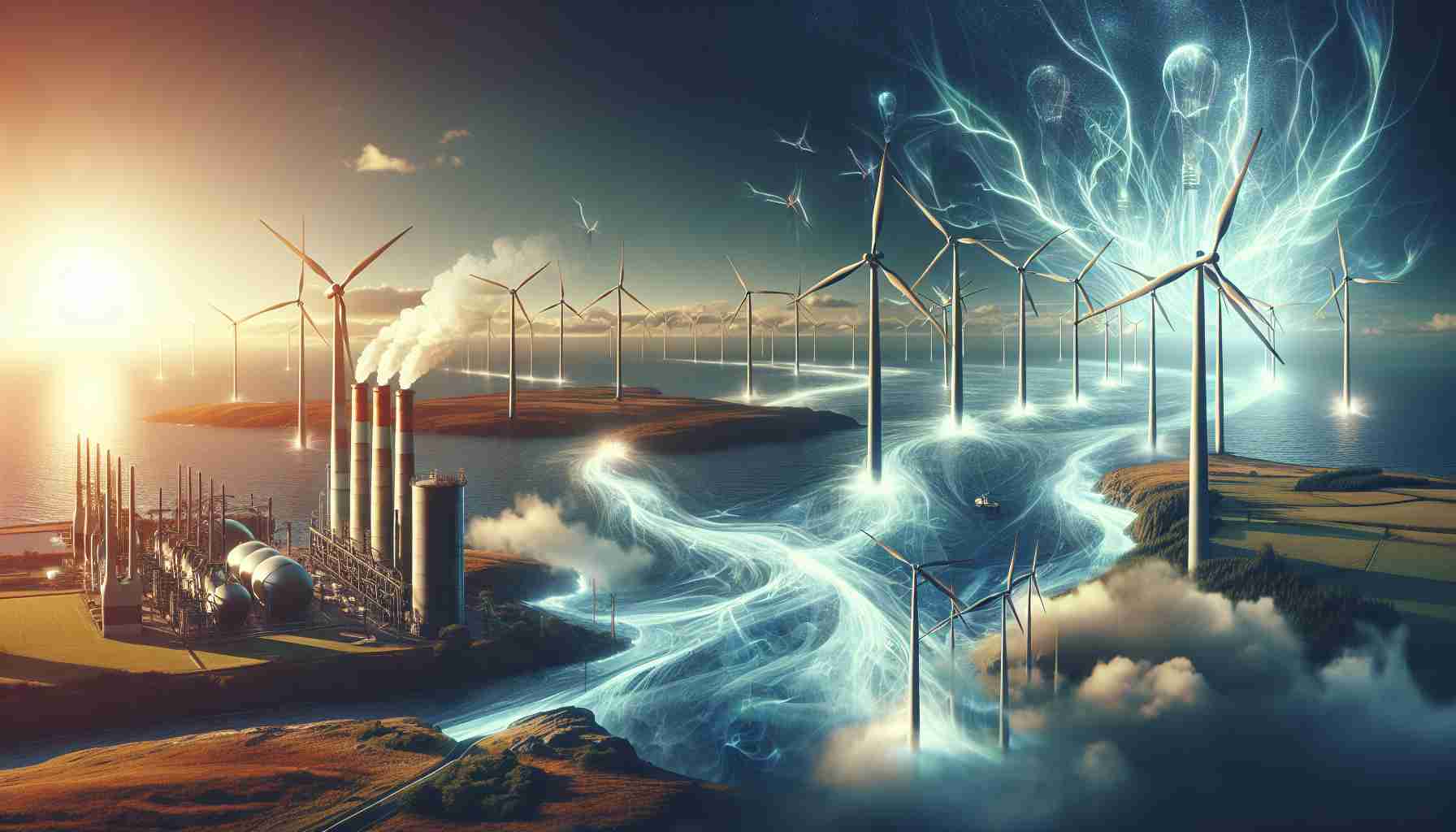Field, a company specializing in renewable energy infrastructure, has announced the acquisition of two energy storage batteries located in Holmston and Drum Farm, Scotland, previously owned by RES.
The batteries, situated in Ayr (South Ayrshire) and Keith (Moray), have a total capacity of 100 MW / 200 MWh. This transaction represents an increase in generation capacity by 200 MWh.
Field plans to launch an additional 400 MWh of batteries within the next two years, allowing the company to achieve a combined project capacity of over 4.5 GWh.
Both sites are expected to be fully functional within two years and will serve various functions for the grid, including regulating the supply and demand for electricity.
Currently, Scotland lacks the necessary grid infrastructure to transmit excess green energy to areas in need. Field hopes that these two locations, which store clean energy and minimize the need for its curtailment, will help fill this infrastructure gap.
Katie Marsh, Director of Corporate Development at Field, said, “Energy storage is an integral part of this picture, especially in Scotland, where so much cheaper and cleaner energy is curtailed annually. To fully tap into our renewable energy generation potential and achieve zero emissions in Scotland by 2045, we need to invest in battery energy storage as part of the largest infrastructure transformation ever seen.”
The Issue of Interrupted Energy in Scotland
Insufficient grid infrastructure has long been a problem in Scotland’s renewable energy sector, as evidenced by numerous recently published reports.
For example, the British think tank Policy Exchange published a report titled “Turning Wasted Wind into Clean Hydrogen,” which highlighted Scotland as an area with many constraints on energy production.
The report suggested promoting electrolysers in the region to replace two-thirds of the UK’s annual hydrogen demand, which amounts to 700,000 tons.
The latest report, commissioned by Scottish Renewables in January 2024, claimed that significant growth in renewable energy usage over the past 20 years, combined with what Scottish Renewables describes as a “decade of underinvestment in the UK electricity network,” has led to a system that “no longer provides good value.”
FAQ Section based on the main topics and information presented in the article:
1. Which batteries were acquired by Field?
Field announced the acquisition of two energy storage batteries located in Holmston and Drum Farm, Scotland.
2. What is the capacity of these batteries?
The batteries have a total capacity of 100 MW / 200 MWh, resulting in an increase in generation capacity by 200 MWh.
3. What role do these batteries play in the grid?
The batteries will regulate the supply and demand for electricity to minimize the curtailment of unused energy.
4. Does Field plan to launch additional batteries?
Yes, Field plans to launch an additional 400 MWh of batteries within the next two years to achieve a combined project capacity of over 4.5 GWh.
5. Why is energy storage important in Scotland?
Scotland lacks the necessary grid infrastructure to transmit excess green energy to areas in need. Energy storage in the form of batteries helps fill this infrastructure gap.
6. What target date has Field set to achieve zero emissions in Scotland?
Field plans to achieve zero emissions in Scotland by 2045 through investments in energy storage and other actions.
7. What problem does the grid infrastructure in Scotland face?
Insufficient grid infrastructure is a problem in Scotland’s renewable energy sector, as confirmed by various reports.
8. What solution was suggested for Scotland’s energy production issue?
The report suggested promoting electrolysers in the region as an alternative hydrogen source to replace two-thirds of the UK’s annual hydrogen demand.
9. What impact does the increased usage of renewable energy and underinvestment in the UK electricity network have on the system?
According to Scottish Renewables, significant growth in renewable energy usage over the past 20 years, combined with underinvestment in the UK electricity network, has led to a system that “no longer provides good value.”
Key Term Definitions and Jargon Used in the Article:
– Renewable Energy Infrastructure: Systems and devices used for the production, distribution, and storage of energy from renewable sources such as solar, wind, water, etc.
– Energy Storage Batteries: Devices that store electrical energy and provide it at a specified time.
– Generation Capacity: The total amount of energy that can be produced or generated.
– Renewable Energy: The branch of the energy industry that focuses on harnessing energy from renewable sources such as solar, wind, water, etc.
– Zero Emissions: No greenhouse gas emissions or other substances that have a negative impact on the environment.
– Grid Infrastructure: The network of wires and devices used to transmit electrical energy over long distances.
– Energy Storage: The process of storing electrical energy or other forms of energy for later use when needed.
– Hydrogen: A chemical element that can be used as an energy carrier.
Suggested Related Links:
– field.io (Field’s Official Website)
The source of the article is from the blog scimag.news
